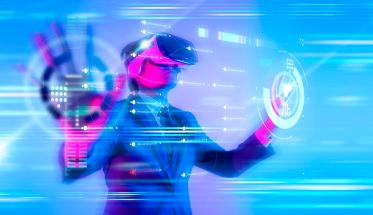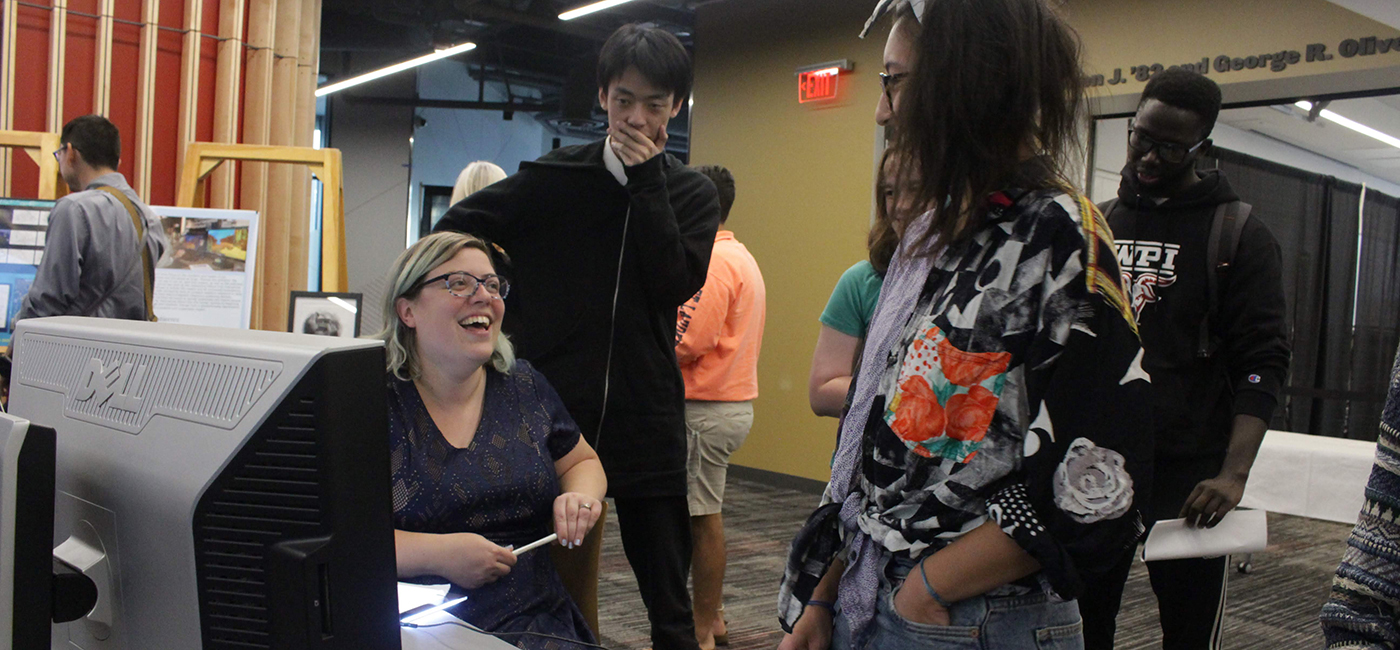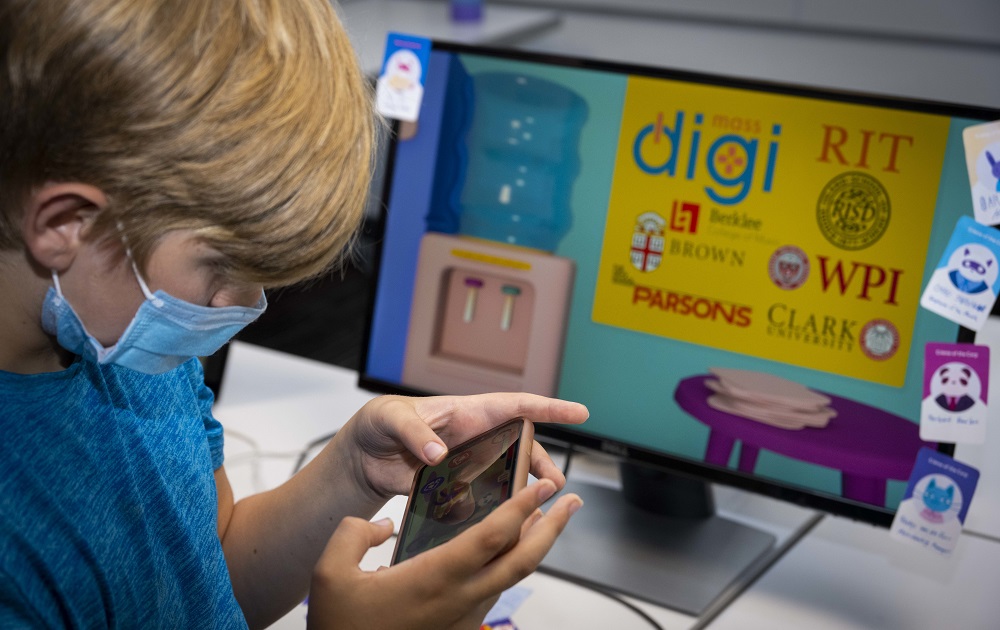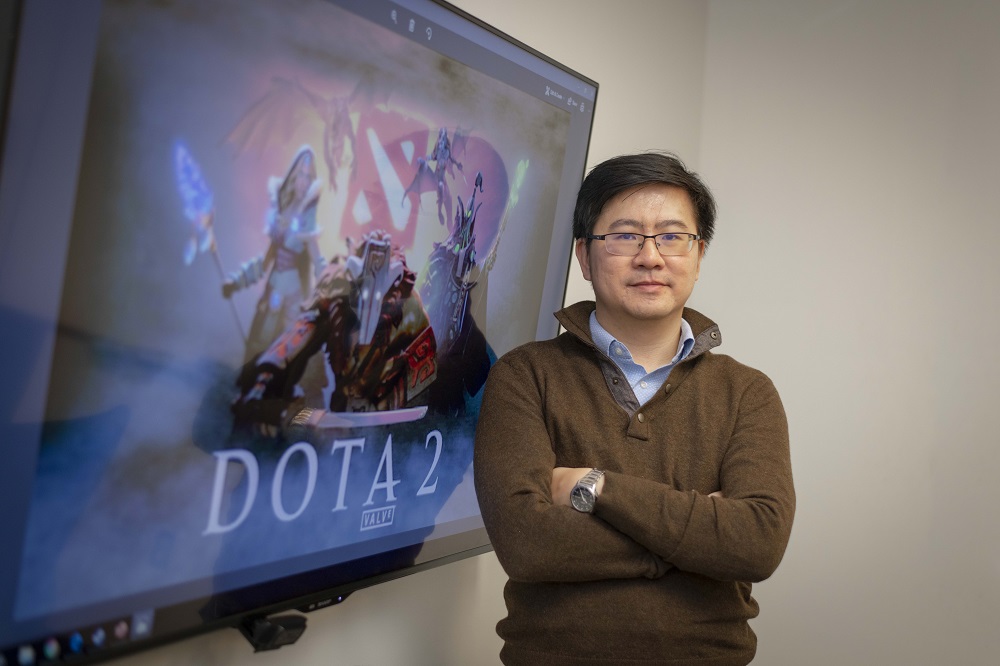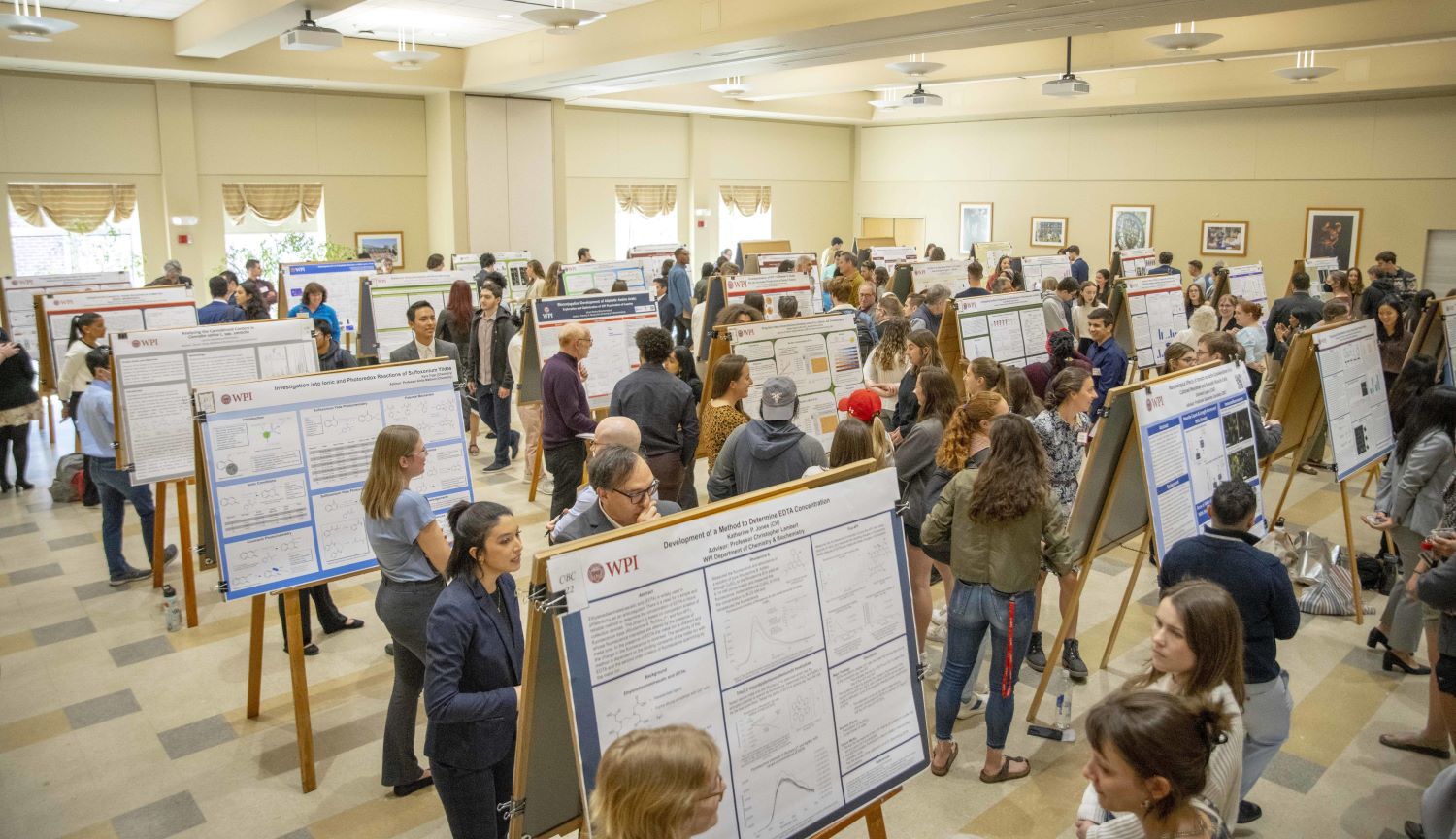In 2021 no term has seen a more meteoric rise than the “metaverse.” First coined nearly 30 years ago by author Neal Stephenson, the metaverse has entered our vocabulary in a big way. From Wall Street to Main Street, people are trying to wrap their heads around it. Facebook has even renamed its company name to Meta, to better reflect its focus on it. But what is the metaverse, really?
To help answer that question for the WPI community, MassDigi recently presented a virtual talk on the topic by Jon Radoff, CEO of Boston-based start-up Beamable and one of the “most influential people in the metaverse.”
“The metaverse is something we’re doing right now,” said Radoff. It is the next generation of the internet, which enables people to deliver connected, immersive experiences—from social audio to virtual reality—based around real-time activities; and it’s already here and improving.
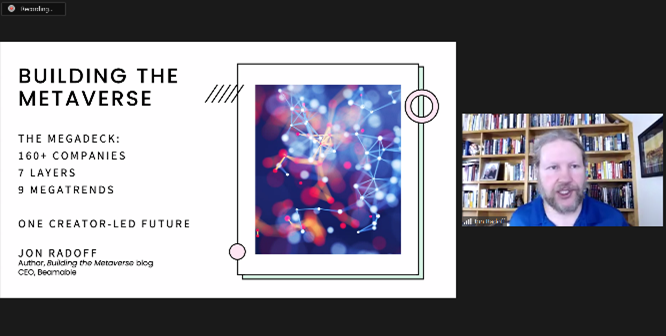
The way he sees it, the metaverse consists of layers beginning with experiences like games, travel, fitness, learning, music, and theatre over top of discovery, creativity, spatial computing, decentralization, human interface, and infrastructure. And building those layers today are hundreds of companies like Google, Microsoft, Apple, Facebook, Amazon, Epic, Niantic, Unity, Nvidia, Shopify, Roblox, Snap, and Matterport.
“Education is one of the most compelling metaverse experiences of all,” said Radoff. “Maybe I’m looking at a solar system and I can actually manipulate it there in a classroom with the other students who are learning with me.”
The metaverse may also be a key factor in the future of work. As we expand beyond the current hybrid model of office work, the virtual experience may be enhanced and refined by having people work directly in the metaverse. It’s an area where WPI Business School Professor Kenny Ching is focusing his research. In particular, Ching has been looking at workplace interactions in the metaverse, and understanding conditions that could help teams maintain interaction and familiarity, as the crucial moments of “water cooler talk” are replaced with remote work.
As Ching says, "remote work involving teams in the metaverse has become increasingly prevalent, yet there remains much to be learned about how companies can organize themselves to maximize performance. Our research is beginning to shed light on the conditions that best maximize team performance, revealing key interactions between team familiarity and the very nature of that familiarity. For example, our research shows that remote teams composed of specialists benefit disproportionately from enhanced familiarity than those composed of generalists. This is potentially important as managers think about how they should organize teams in the metaverse."
And, although much of today’s focus is on the technology trends driving the metaverse, Ching believes it really should be on the idea of virtual mainstreaming or that moment when, culturally speaking, the distinction between what is real and what is virtual disappears.
“What happens in virtual space is real. Our relationships, the emotions we experience, the way we express ourselves,” said Radoff. “That’s all just as real as anything we experience anywhere.”
WPI Rhetoric and Interactive Media & Game Design Professor Jennifer deWinter is also studying the metaverse and she also offers a note of caution. She says, after the pandemic, the metaverse could be the next great disruptor. While privacy and security concerns surrounding the metaverse will need to be addressed, deWinter also says if it “can help marginalized communities create safe spaces where they can come together, then the metaverse will show its true power and reach.”
Learn more about our experts on metaverse.
